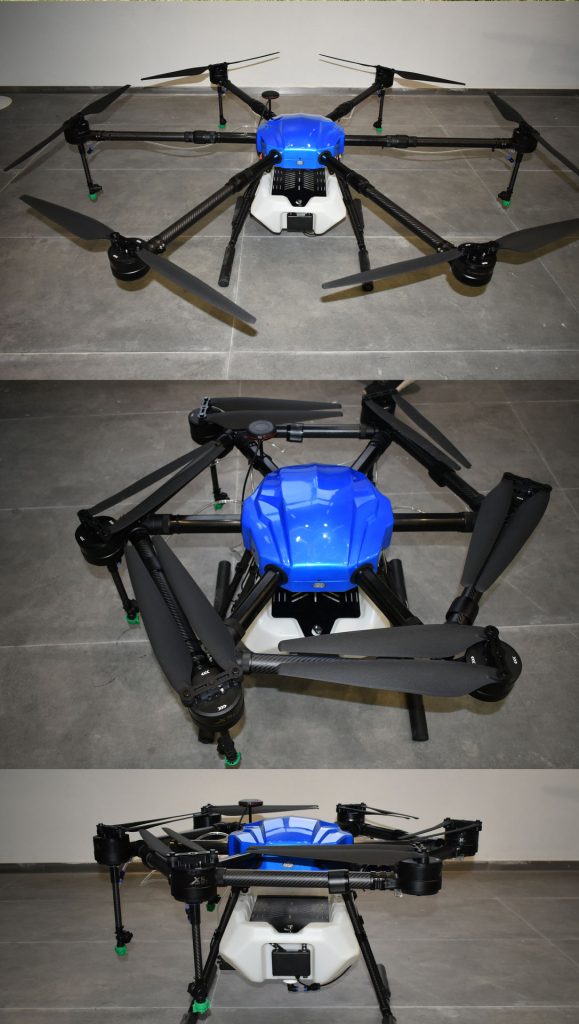
Kyrgyzstan, a nation where 40% of its workforce tills the land and agriculture contributes 18% to GDP, is a tapestry of snow-capped mountains, fertile valleys, and high-altitude pastures. From the wheat fields of Chuy Valley to the potato farms of Issyk-Kul and the livestock pastures of Naryn, Kyrgyz agriculture is both a cultural cornerstone and an economic lifeline. Yet, this vital sector grapples with steep challenges: rugged mountainous terrain (70% of farmland lies above 1,500m), a shrinking rural labor force, and a climate marked by harsh winters (-30°C) and short, intense summers—threatening yields for staple crops like wheat, barley, and potatoes. To transform these hurdles into opportunities, Kyrgyzstan is embracing smart farming—and agricultural drones, sourced from China’s specialized manufacturers, offer a tailored, high-impact solution to cultivate resilience and growth.
Kyrgyzstan’s Agricultural Imperative: Why Drones Matter Now
Kyrgyzstan’s farming landscape, defined by vertical diversity and smallholder dominance (85% of farms <2 hectares), faces three urgent needs:
-
Terrain complexity: Steep slopes, narrow valleys, and scattered plots make manual tasks like pesticide spraying or seed distribution dangerous and inefficient. In mountainous regions like Osh Oblast, farmers risk landslides or crop damage when tending to terraced fields.
-
Labor shortages: Urban migration and an aging farmer population (average age: 54) delay critical tasks during peak seasons—threatening yields for wheat, a crop vital to national food security.
-
Resource inefficiency: Harsh winters deplete soil moisture, while summer droughts (exacerbated by climate change) dry up irrigation canals. Smallholders lack capital for expensive machinery, trapping them in cycles of low productivity.
Kyrgyzstan’s “National Agriculture Development Program 2023–2030” prioritizes tech adoption to boost yields by 25% and cut input costs by 20%. Agricultural drones, with their ability to navigate tough terrain, precision-target inputs, and operate with minimal labor, align perfectly with this vision.
Chinese Agricultural Drones: Built for Kyrgyzstan’s Mountains and Seasons
China’s leadership in drone technology—forged through decades of aerospace R&D, high-altitude adaptation, and agritech innovation—makes its manufacturers uniquely equipped to serve Kyrgyzstan. Here’s how Chinese drones are tailored to local needs:
1. All-Terrain Agility for Kyrgyzstan’s Rugged Landscapes
Kyrgyzstan’s mountainous topography demands drones that thrive where humans and traditional machinery struggle. Chinese factories design models with:
-
Terrain-following technology: Multi-rotor drones with LiDAR and obstacle-avoidance sensors glide over terraced wheat fields in Chuy Valley, potato patches in Issyk-Kul, and high-altitude pastures in Naryn—avoiding collisions with rocks, trees, or steep slopes.
-
Cold-weather resilience: Advanced heating systems and cryogenic batteries ensure operation in -30°C winters, critical for pre-seed soil preparation or post-harvest pest control in mountainous regions.
-
Lightweight portability: Foldable designs (under 12kg) fit into backpacks or horse saddles, making them easy to transport to remote villages like Jeti-Oguz or Kochkor, where road access is limited.
2. Precision Technology for Resource Efficiency
Water and labor scarcity demand tools that maximize output while minimizing waste. Chinese drones deliver:
-
Smart spraying: Atomized nozzles reduce water use by 50–70% compared to manual methods. In the Issyk-Kul region’s potato farms, this cuts irrigation needs by 1,000 liters per hectare—critical as glaciers retreat and river flows dwindle.
-
AI-driven monitoring: Multispectral cameras analyze leaf health, soil moisture, and pest outbreaks (e.g., Colorado potato beetles in Issyk-Kul). This enables early interventions, reducing chemical use by 40% while boosting yields by 18–25%.
-
RTK GPS accuracy: Centimeter-level positioning ensures uniform coverage in uneven terrain, vital for wheat fields in Chuy Valley, where inconsistent sprays cause uneven germination.
3. Affordability for Smallholders and Scalability for Cooperatives
Recognizing Kyrgyzstan’s smallholder-dominated sector, Chinese manufacturers offer flexible solutions:
-
Budget-friendly models: Entry-level drones (under $10,000) fit the budgets of family farms, democratizing access to tech once reserved for larger cooperatives.
-
Training and support: Local technicians provide hands-on workshops in Kyrgyz and Russian, teaching pilots to operate drones and interpret data. Partnerships with Kyrgyzstan’s Ministry of Agriculture have reduced downtime by 40% and empowered women farmers in Naryn to manage their own plots.
Beyond Hardware: A Partnership for Long-Term Growth
Sourcing from China is about more than technology—it’s about building local capacity. Leading manufacturers provide:
-
Localized solutions: Drones are adapted to Kyrgyz crops (wheat, barley, potatoes) and conditions, with user interfaces simplified in Kyrgyz and maintenance guides featuring local examples.
-
Rapid spare parts networks: Partnerships in Bishkek, Osh, and Jalal-Abad stock replacement parts, ensuring deliveries within 48 hours—critical during planting or harvest seasons.
-
Compliance alignment: Drones meet Kyrgyz safety standards and align with the nation’s climate resilience goals, simplifying regulatory approval.
Mutual Wins: Strengthening Kyrgyzstan’s Food Future
For Kyrgyzstan, adopting Chinese agricultural drones unlocks:
-
Economic resilience: Reduced input costs and higher yields (trials show 20–30% increases) boost smallholder incomes, slowing rural-to-urban migration and reviving mountain villages.
-
Environmental stewardship: Precision resource use lowers chemical runoff into rivers like the Chu, protecting water quality and aligning with Kyrgyzstan’s “Green Economy” initiative.
-
Climate adaptation: Faster response to harsh winters or summer droughts helps farmers mitigate losses, securing food supplies for Kyrgyzstan’s 6.5 million people.
For Chinese manufacturers, Kyrgyzstan offers a testing ground to refine drones for high-altitude, cold-climate environments—innovations that will benefit farmers in Central Asia and beyond.
Soaring Together: Kyrgyzstan’s Agricultural Renaissance
Kyrgyzstan’s farmers have tamed mountains and glaciers for centuries; now, drones offer a new tool to thrive in a changing world. By sourcing from China’s specialized factories, the nation gains more than technology—it gains partners committed to its prosperity. These drones are not just machines; they are bridges connecting tradition with innovation, helping farmers work smarter, conserve resources, and transform Kyrgyzstan’s rugged landscapes into hubs of sustainable abundance.
As Kyrgyzstan strides toward food security and self-reliance, Chinese agricultural drones are ready to take flight—turning steep slopes into fertile opportunities, and small plots into hubs of progress.
Let’s cultivate Kyrgyzstan’s tomorrow, one precise mission at a time.
THE END

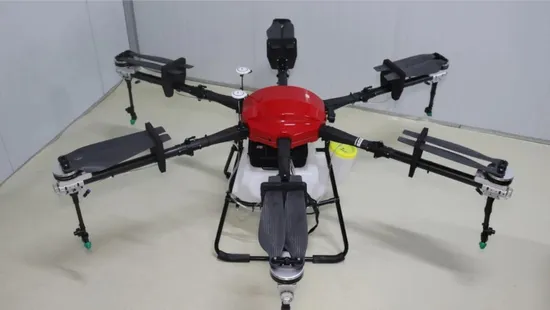
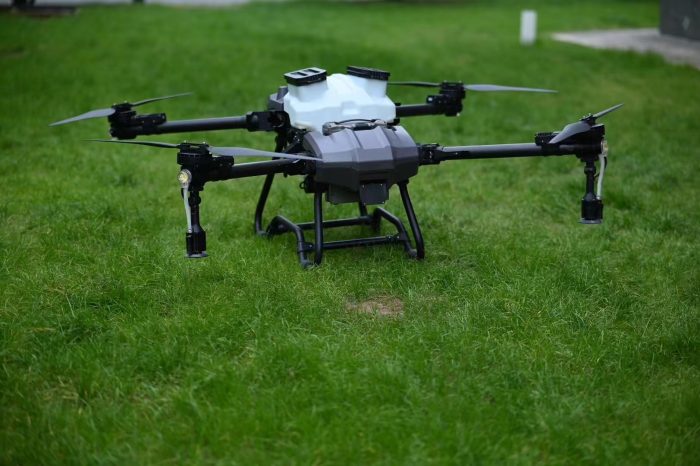
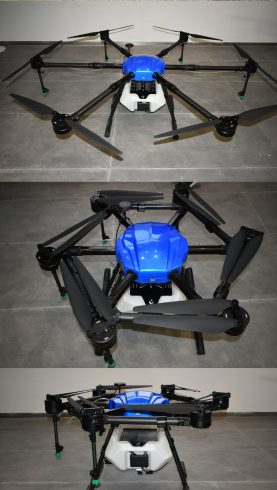
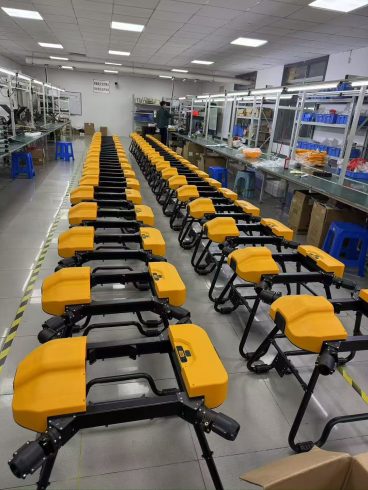
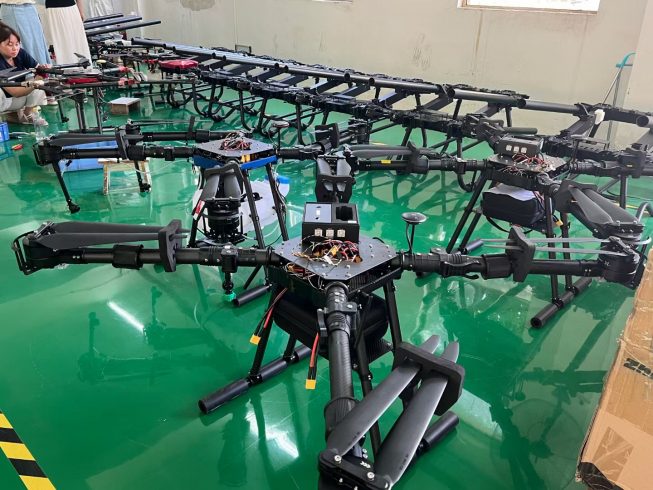


暂无评论内容